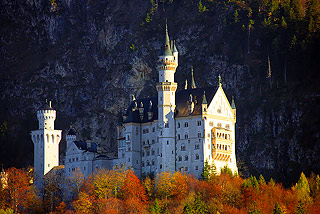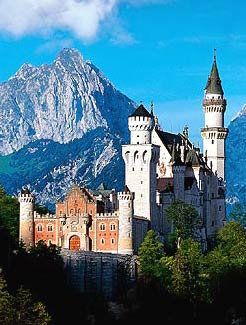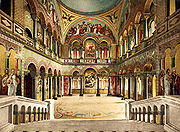
Coming on this trip I remember talking to my mom about the different things I wanted to see during my short stay here. I told her the obvious places that I wanted to see like the Eiffel Tower, the Louvre, Hofbrauhaus, ect. Among these, I added that I wanted to see a concentration camp. After learning about concentration camps and the Holocaust for the better part of my adolescence, I wanted to make it a priority to experience one while in Europe.
When we planned our weekend trip to Munich, I told my group that going to the Dachau concentration camp was main priority for me. I mean, we’re here, why not try to see it? I must admit, before going to Dachau, I really had no idea what to expect. I didn’t even know if it was even one of the more devastating concentration camps. Boy, was I wrong.
Walking upon the concentration camp, I couldn’t help but notice the weather. The one-day we were in Munich was a really cold one, which really went along with the depressing mood of the concentration camp. After getting lost, we finally got a taxi that would take us straight to the camp.
When walking into the actually concentration camp, there was an old building that was made into a museum. I am glad I went into this and walked around, because if I had not, I would not be able to understand the devastation of the camp.
In the museum part of the camp I learned that Dachau was the first Nazi concentration camp that opened in Germany. Located near the town of Dachau, it opened on March 22 of 1933. Dachau was also the first regular concentration camp and was established on abandoned factory grounds south of Germany.
First established for political prisoners, Dachau served as a model for other concentration camps to follow. Dachau was also called the “school of violence” and in the twelve years of its existence it had over 200,000 prisoners from all over Europe.
The camp was occupied from 1933 to 1960. At the beginning, prisoners were mainly German leaders that were detained for political reasons. While going through the Dachau museum, I found that in 1938, a significant population of German Jews were added to the camp. These German Jews would be the majority of deaths at the Dachau.
Walking through the museum at the concentration camp, I found that there were many prisoners there and I read that there were not a lot of records to how many people died at the camp. This to me was unsettling because with the high security that they had there, how could one not be counted?
Walking through Dachau was really interesting to me because it was unlike anything I had ever imagined. In high school we went to the Holocaust museum in Washington D.C. When going through there I really could grasp what it was like to live during that time and experience what the Holocaust was like. This was my only real expectation of what the Dachau concentration camp was going to be like. Going to Dachau though, I was in shock because I found that it was more of a reality of the actual event. It was crazy to me how I was in the same room as where thousands slept, and were killed.
The place that got me the most emotional was the room where they would cremate all of the bodies. It just gave me a sick feeling being in this building. The building we walked to was farther out from the others. It really made me wonder what this building was used for. Walking into the building that looked completely normal from the outside had a totally different feel when walking inside. Walking into the first room it looked like a big over. Differ brick kennels were placed in this room. This room would be the room where they would burn the bodies of those who died. It made me feel a little sick to my stomach because I was standing in a room where so many innocent people were put to death.
The next room we would go into would be the room where most of the people would lose their lives. Walking from the “oven” room, we went into an open room, but was very dark. Although I didn’t have a tour guide, I found out from another group that this room was the gas chamber. I remember learning about the Holocaust in high school and learning about these gas chambers. Used as supposed “showers”, many prisoners were brought into a room to take of their clothes before they would bathe. After taking off their clothes, they headed into the room and waited for the supposed shower. Looking around the room, I noticed fake faucets that would be a trick to the prisoners expecting a shower. This room to me because the most affecting because it made the whole experience more of a reality. After leaving this building, we were all a little quiet because we were simply trying to swallow what we had just seen.
Although Dachau was a sad experience, I am glad that I went. I am glad that I could see this artifact that is so important to our worlds history. Going to Dachau made the reality of the Holocaust more real and definitely opened my eyes to the hate that has gone on in the past. I hope that those who visit Dachau in the future get this same impression.














